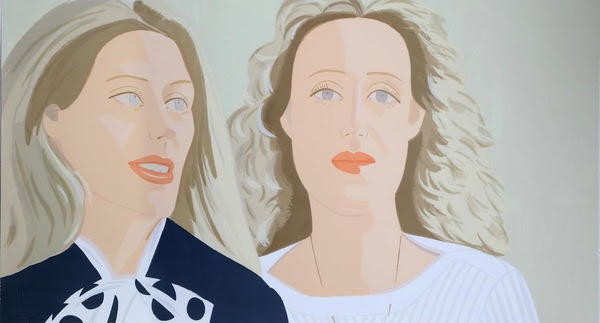Tag Archives: american
WOW! – Work of The Week
Robert Rauschenberg, Soviet American Array VI
Robert Rauschenberg
Soviet American Array VI
1990
Intaglio in 16 colors on Saunders paper
88 1/2 x 52 in.
Edition of 59
This piece is pencil signed and numbered.
About This Work:
Rauschenberg’s Soviet American Array VI is one of a seven print series where he sought to address the politics of newfound peace constructively through his art. In 1989 Rauschenberg became the first American artist since WWII to have a solo show in the Soviet Union. His Moscow show in 1990 debuted his Soviet/American Array series.
The works of the Soviet/American Array series display photographs taken both in the United States and former Soviet Union to highlight the similarities and contrasts of the two major super powers of the Cold War. Rauschenberg juxtaposes photographic subjects that range from street signs to grand Soviet architecture to people immersed in their daily lives and jobs. When put together, these images bring attention to the ways we understand and define cultures, which are both complex and dynamic.
About Robert Rauschenberg:
Robert Rauschenberg began what was to be an artistic revolution. Rauschenberg’s enthusiasm for popular culture and his rejection of the angst and seriousness of the Abstract Expressionists led him to search for a new way of painting. He found his signature mode by embracing materials traditionally outside of the artist’s reach. He would cover a canvas with house paint, or ink the wheel of a car and run it over paper to create a drawing, while demonstrating rigor and concern for formal painting.
By 1958, at the time of his first solo exhibition at the Leo Castelli Gallery, his work had moved from abstract painting to drawings like “Erased De Kooning” (which was exactly as it sounds) to what he termed “combines.” These combines (meant to express both the finding and forming of combinations in three-dimensional collage) cemented his place in art history.
This pioneering altered the course of modern art. The idea of combining and of noticing combinations of objects and images has remained at the core of Rauschenberg’s work.
As Pop Art emerged in the ’60s, Rauschenberg turned away from three-dimensional combines and began to work in two dimensions, using magazine photographs of current events to create silk-screen prints. Rauschenberg transferred prints of familiar images, such as JFK or baseball games, to canvases and overlapped them with painted brushstrokes. They looked like abstractions from a distance, but up close the images related to each other, as if in conversation.
These collages were a way of bringing together the inventiveness of his combines with his love for painting. Using this new method he found he could make a commentary on contemporary society using the very images that helped to create that society.
In 1998 The Guggenheim Museum put on its largest exhibition ever with four hundred works by Rauschenberg, showcasing the breadth and beauty of his work, and its influence over the second half of the century.




